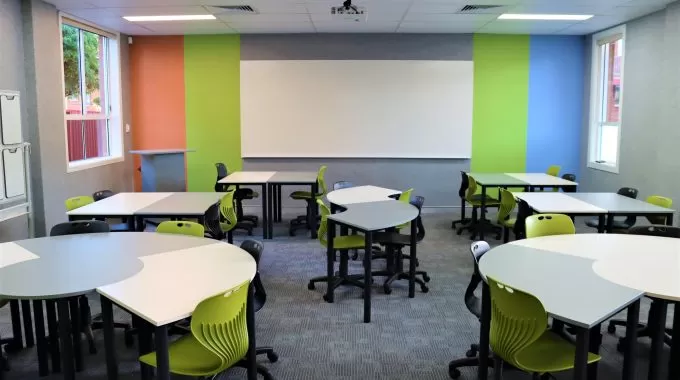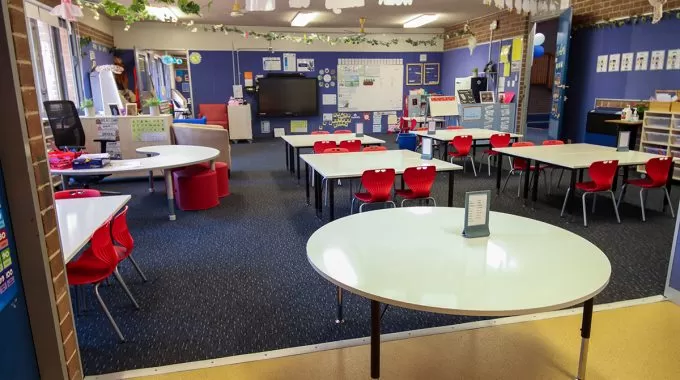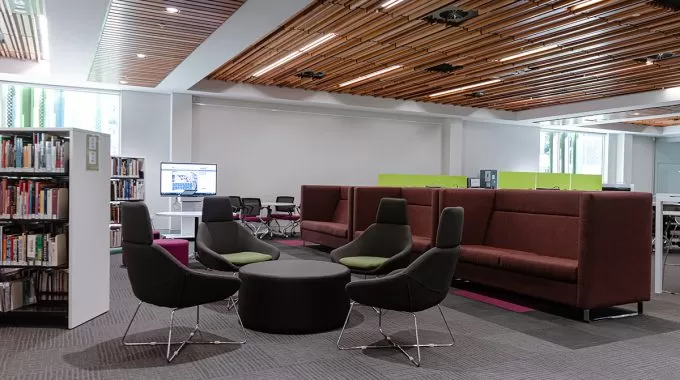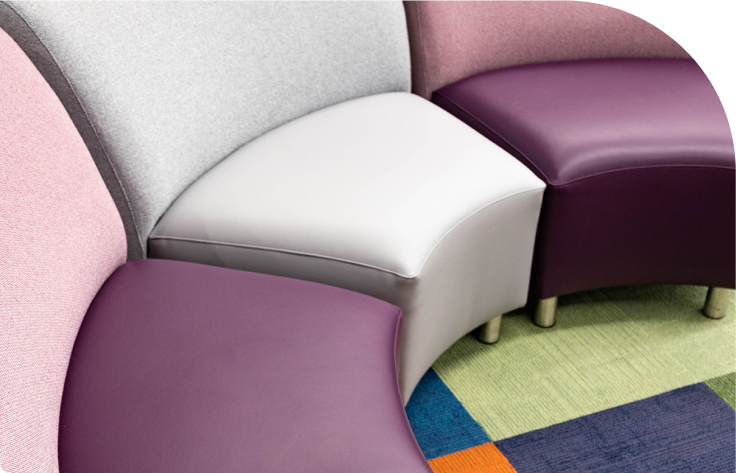What You Need to Know About Acoustic Panelling

School classrooms tend to become noisy when students and teachers are engaging in conversation and learning. However, classroom noise can become an issue if outdoor sounds are interfering with classroom discussions. The simple solution is utilising acoustic panelling in the classroom.
Acoustic panelling becomes an addition to your education furniture. Classroom acoustics are vital to learning and teaching to make sure education can condition with minimal distraction and sound issues.
What is acoustic panelling?
An acoustic panel is a sound-absorbing panel used to mitigate noise and reduce the reverberation and echo in a space. Acoustic panels can be both vertical and horizontal, both types offer various principles of good acoustics, including absorption, diffusion, and attenuation.
When to use acoustic panels?
Different rooms have different acoustic issues, thus different acoustic designs need to be taken under consideration to fix those problems.
For instance, vertical panels help mitigate sound transfers in a space, preventing the sound travelling from one end of the room to the other. They also aid in lowering background noise, therefore lessening noise distractions within the classroom.
On the other hand, horizontal panels are primarily used for direct sound absorption. To stop sound waves from spreading, absorptive panels should be used to convert the sound energy into heat through friction. These are ideal for classrooms that need complete silence and zero distractions.
Where to apply acoustic panels?
It is vital to establish the location of the acoustic panels in the classroom to achieve the best performance. In large classrooms, often sound waves hit a hard surface before dropping dead, typically the ceiling rather than walls. In this case, horizontal ceiling acoustics panels absorb undesired sound waves. For enhanced acoustic performance, install the panels in different suspension heights. The air pockets between the panels will catch the sound waves, stopping them from traveling further in spaces with high ceilings.
You can also liven up your walls with acoustic notice boards by taking advantage of Acoustic Fabric™ Peel ‘n’ Stick’s pinnable and hook-and-loop receptive surface. They are light and easy to install and are built for blocking out the noise.
For more information about implementing acoustic panelling within the classroom, contact Abax Kingfisher, Australia’s trusted education furniture suppliers, on 1300 300 369.
[zohoForms src=https://forms.zohopublic.com/abaxkingfisher/form/BlogpostContactForm/formperma/mGOjr7yuy1IZ4yq9x6d9Fx6PYvFfs1XN4AHb-vugL8Y width=100% height=900px/]











